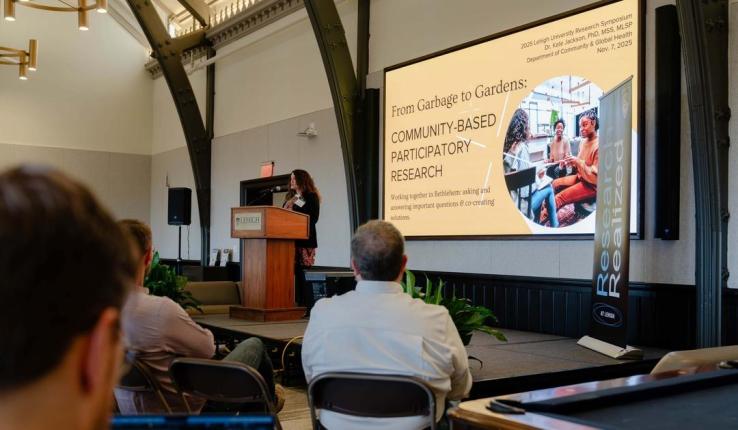The results of the Lehigh Business Supply Chain Risk Management Index for the second quarter of 2025 said that the Supply Chain risk is at the highest level since the LRMI began in 2020. It rose over 13 points from last quarter.
“For the first time, 9 out of the 10 tracked risks increased this quarter, underscoring a broad rise in perceived supply chain threats,” said Zach G. Zacharia, associate professor of supply chain management and director of the Center for Supply Chain Research at Lehigh. “This reflects growing concerns over sole-source suppliers, geographic concentration, supplier quality issues, and price volatility.”
The LRMI was launched in 2020 by the Center for Supply Chain Research at Lehigh and the Council of Supply Chain Management Professionals in order to rank 10 broad categories of supply chain risks. According to Zacharia, the LRMI allows executives and supply chain managers to look ahead and prepare for risks that will become important in planning for the next quarter. The risk categories are cybersecurity and data, customer, economic, environmental, government intervention, operational, quality, supplier, technological and transportation disruption.
Economic Risk showed the largest quarter-over-quarter increase, rising over 16.5 points. “This sharp jump indicates heightened anxiety about rising energy costs, global energy shortages, price instability, and border delays,” said Zacharia.
Government Intervention Risk rose significantly said Zacharia, suggesting persistent concern over new regulations, tariffs, and trade restrictions. While Cybersecurity Risk dropped to the fourth highest risk, marking a shift, since it held the top spot in four of the past five quarters.
A unique feature of the LRMI is the opportunity to compare across all 10 risk categories directly against each other, instead of scoring each individually. When supply chain professionals take that approach, the top four risks for the second quarter of 2025 are government intervention, economics, supplier and cybersecurity.
Another important aspect of the LRMI is that the quarterly reports include a sampling of candid comments from supply chain managers about each risk category that takes you beyond the numbers. Comments from this new 2nd quarter report include:
- Four years ago, we obtained 60% of our product from China. By the end of this year, that number will be less than 5% as a result of tariffs and geopolitical issues.
- The USA needs incentives for reshoring. Create factories in every time zone.
- Consumer and household bank account pressures will increase risk - along with dips in the stock market. This causes buyers to be squirrelly.
- Dropping regulations will help us operate more unencumbered.
- Cybersecurity Risk is increased as the evolution of Artificial Intelligence increases exposure.
- Read more comments.
LRMI reports are available every quarter in March, June, September and December.
To get the latest report for free and to find out how supply chain managers can take the LRMI survey for the next quarter go to: business.lehigh.edu/LRMI.
About the Center for Supply Chain Research at Lehigh
CSCRL bridges theory and practice to promote a collaborative exchange of ideas on critical issues affecting supply chain management. By leveraging Lehigh’s faculty, students, alumni and industry partners, the Center brings the latest developments in research and best practices together to generate new ideas for education and future knowledge in the field of supply chain management. Learn more.
About the Council of Supply Chain Management Professionals
CSCMP's mission is to connect, educate and develop the world's supply chain management professionals throughout their careers. No matter where you are in your career development, CSCMP has the resources and network to help you achieve your goals. Learn more.



